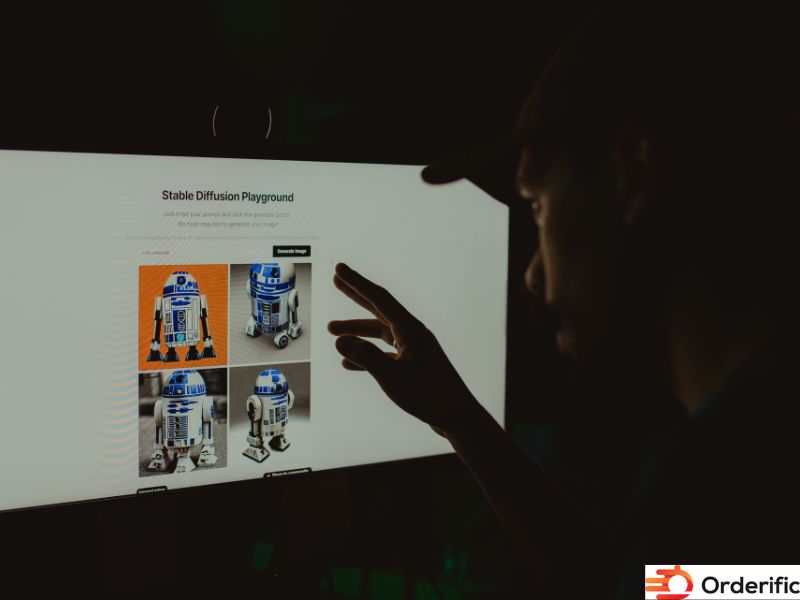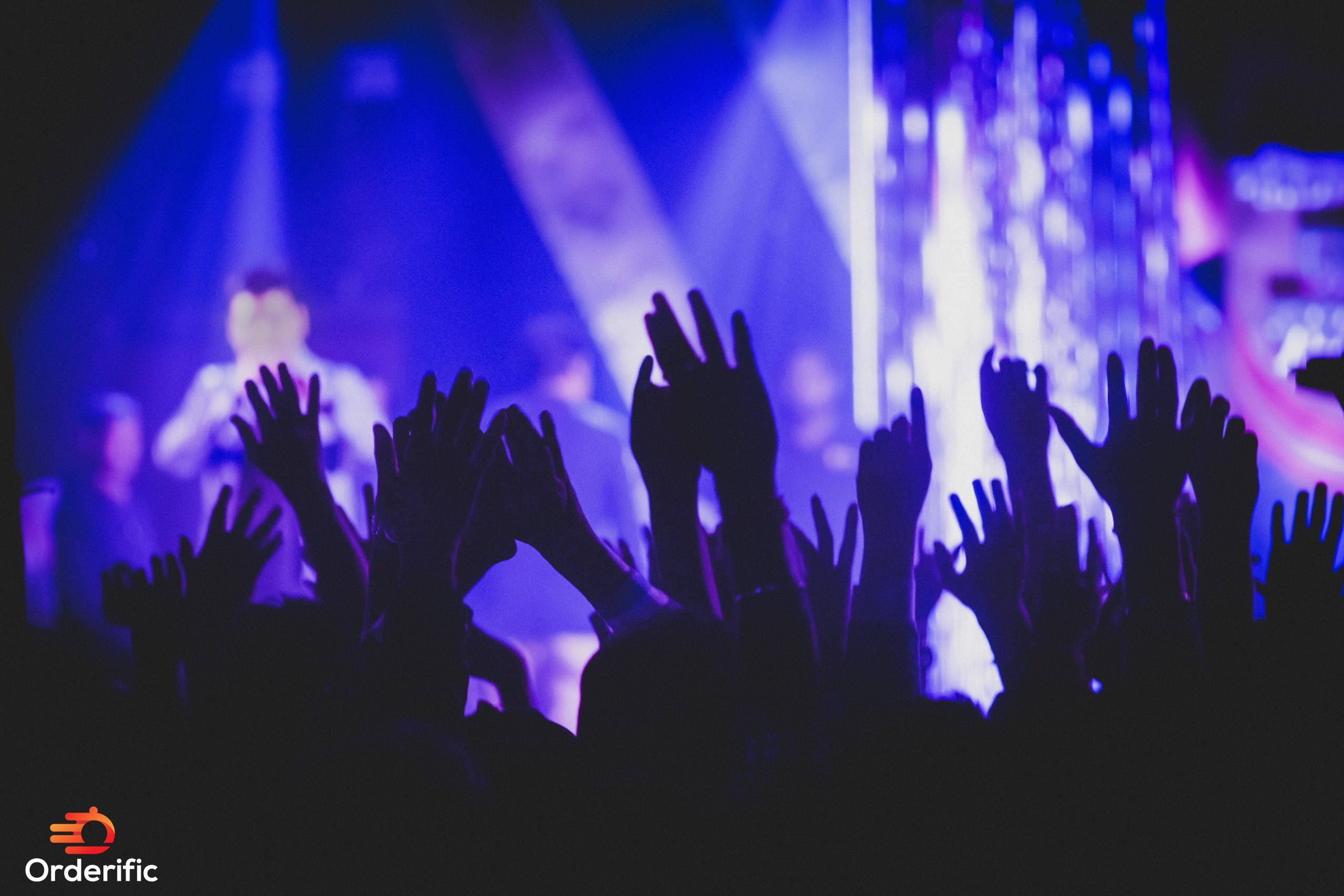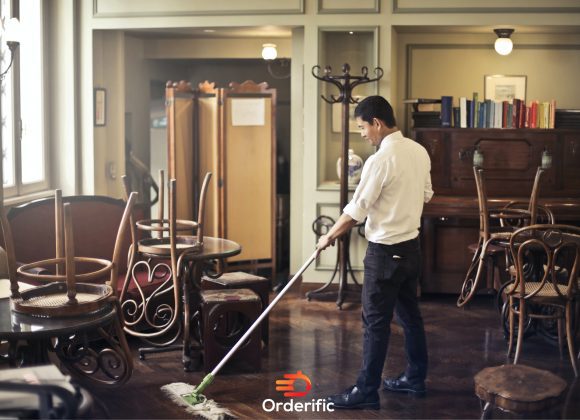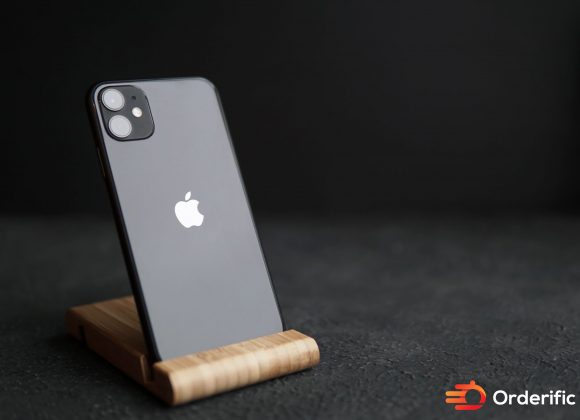Introduction
The event sector is no exception in an era where software development and UX design is reshaping industries. The essence of an exceptional event lies in the user experience offered by its software. The role of a UX designer becomes pivotal, as they prioritize an intuitive design process, ensuring seamless navigation for the attendee. An eye-catching UI/UX design, underpinned by robust product design, enhances the overall digital experience. With events, be it an intimate gathering or an international conference, the goal is to create a memorable experience for every attendee. UX research, guided by design thinking, is the key to achieving this. Tools like Adobe XD enable designers to architect events that leave lasting impressions. So, whether you’re an event planner, organizer, or simply an attendee looking for a fantastic experience, the right blend of event software and user experience design can make all the difference.
What Is Usability?
Usability, in the context of software development and particularly event software, is a crucial aspect of UX design that contributes significantly to the overall user experience. It refers to the degree of ease with which an attendee, event planner, or event organizer can interact with the software or mobile app to achieve their objectives. For a UX designer, ensuring usability involves focusing on a streamlined design process that simplifies navigation and optimizes user interactions.
Key to this process is UX research, which involves comprehensive user research to understand the needs, preferences, and behaviors of the target audience. UX designers employ tools like Adobe XD to prototype, test, and refine the UI/UX design, thus ensuring a high-quality digital experience for all users.
At the heart of usability lies the concept of design thinking. This approach encourages designers to empathize with users, define problems, ideate solutions, create prototypes, and test their effectiveness – all with the goal of enhancing the user experience design. A product designer, in the realm of event software, would leverage these principles to create a product design that is not only functional and reliable but also pleasurable to use.
Ultimately, the aim of good usability in event software is to facilitate seamless event planning and event management, creating memorable event experiences for all attendees. A well-crafted UX design can significantly elevate these experiences, making events more enjoyable and successful.
What Are The Elements Of Usability?
Usability involves several key elements in UX design. First is Learnability, which ensures the software is easy to learn and use. Next is Efficiency, focusing on the user’s ability to effectively accomplish tasks. Memorability ensures that users can remember how to use the software after an absence. Errors relate to the system’s capacity to prevent user errors, and if they occur, provide easy recovery. Lastly, Satisfaction ensures the software is pleasant and satisfying to use. These elements together create a highly usable event software, enhancing the overall user experience.
What Is Usability Testing?
Usability testing is an integral part of the UX design process in software development. This involves evaluating the event software by testing it with representative users. The goal is to identify any usability problems, collect data, analyze user performance, and determine user satisfaction with the product. This process helps UX designers refine the interface to ensure it’s intuitive and user-friendly, ultimately enhancing the user experience.
Why Is Usability Important?
Usability is vital as it directly impacts the user experience and overall event success. It determines how easily users can interact with event software to achieve their goals, and it can significantly impact attendee satisfaction. A user-friendly, intuitive interface enhances engagement, while a complex one can deter users. Therefore, in software development, prioritizing usability can lead to more successful, memorable events and higher user retention rates.
What Is User Experience?
User Experience, commonly referred to as UX, is the overall experience a user has while interacting with a product, system, or service. In the context of event software, it encompasses all aspects of an attendee’s interaction with the event platform, from usability, accessibility, and performance to design aesthetics. The overarching aim of UX design is to create a product that is intuitive, user-friendly, and satisfying to use, thereby enhancing the user’s interaction with the software and ultimately contributing to the success of the event.
What Are The Elements Of User Experience?
- User Experience (UX) encompasses several key elements:
- Usability: Ensuring ease of use.
- Interactivity: Maintaining user engagement.
- Consistency: Promoting familiarity across platforms.
- Aesthetics: Enhancing visual appeal.
- Feedback: Providing responsive input to users.
- These elements collectively contribute to a superior and memorable event experience.
- UX design plays a critical role in the successful development of event software.
What Is The Difference Between User Experience And Usability?
While User Experience (UX) and Usability might appear synonymous, they have distinct differences in the context of software development, particularly in event software:
- Scope: Usability is a component of UX, focusing primarily on the ease of use of a software product. UX, on the other hand, is a broader term encompassing various aspects of a user’s interaction with the product or service, which goes beyond just usability.
- Goal: Usability aims at creating a user-friendly, intuitive, and efficient interface for users to achieve their objectives with ease. UX aims at enhancing the overall user interaction with the software, focusing on aspects like aesthetics, performance, accessibility, and emotional satisfaction.
- Approach: Usability emphasizes the functional aspects of design—how efficiently, effectively, and satisfactorily a user can interact with the software. UX, however, takes a holistic view, considering not only the functional, but also the experiential, affective, and meaningful aspects of human-computer interaction and product ownership.
- Measurements: Usability can be measured using metrics like error rate, success rate, abandonment rate, and time to task completion. UX, however, is more complex to measure, often relying on qualitative data and user perception metrics like satisfaction, perceived ease of use, and net promoter score.
- Impact: Poor usability can lead to users being unable to complete tasks, getting frustrated, and eventually abandoning the product. Poor UX, however, can lead to a lack of user engagement and loyalty, even if the product is functionally sound.
Remember, for the success of an event software, both usability and a good user experience are key. They collectively help in creating an engaging, efficient, and satisfying digital experience for all users.
What Is The Goal Of Usability Vs User Experience?
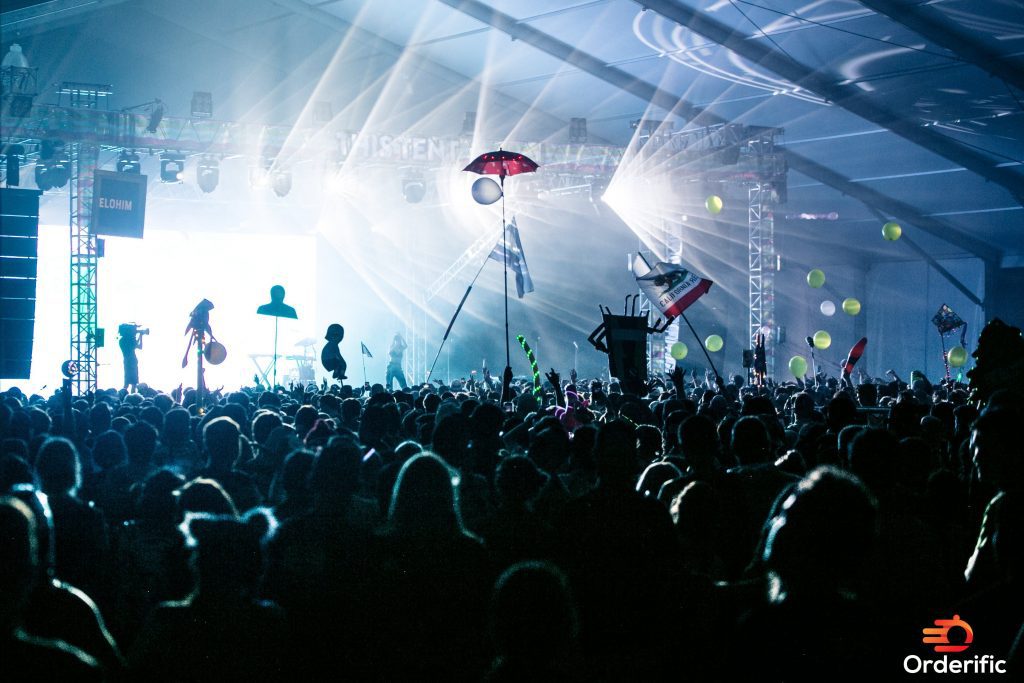
While both Usability and User Experience are integral to a successful event software, they have distinctive goals. Usability focuses on the software’s effectiveness, efficiency, and ease of use – striving for a simplified and intuitive interaction process. On the other hand, User Experience aims to enhance the overall interaction of the user with the software. It seeks to elicit positive emotions and satisfaction from the user by ensuring a seamless, engaging, and aesthetically pleasing experience.
What Is The Difference Between Usability And A User Interface?
While both Usability and User Interface (UI) are crucial to a successful digital product, they serve different purposes:
- Focus: Usability centers on the functionality of a software product and how easy it is for users to complete their tasks. In contrast, UI revolves around the visual aspect of a product, including its layout, typography, colors, animations, and any other visual elements that users interact with.
- Objective: Usability aims to simplify interaction processes for users, ensuring they can easily and efficiently achieve their objectives. On the other hand, UI aims to make the software aesthetically pleasing and engaging for users, enhancing the visual appeal and intuitiveness of a product.
- Measurement: Usability can be quantitatively measured with metrics such as error rates, success rates, and time to task completion. UI, however, is more subjective and often measured through user feedback and subjective evaluations.
- Role in UX: Usability is a core component of the User Experience, focusing on the product’s functionality and ease of use. UI, however, contributes to the aesthetics and interactivity of the UX, shaping how the product looks and feels.
- Impact on User Satisfaction: Poor usability might lead to user frustration as they struggle to complete tasks. A poorly designed UI might not necessarily prevent users from completing tasks, but it can negatively impact the overall user experience, leading to less user engagement and lower satisfaction.
In sum, while Usability is about functionality and ease of use, the User Interface is all about visual design and aesthetics. Both are core to creating a well-rounded and satisfying user experience.
What Are The Differences Between Usability And User Needs?
Usability and user needs, while interconnected, serve distinctive roles in the realm of UX design for event software:
- Focus: Usability pertains to the functionality and ease of use of a product, while user needs refer to the specific requirements and expectations that users have from the software product.
- Objective: The goal of usability is to ensure that users can efficiently and effectively interact with the software product to achieve their objectives. User needs, on the other hand, are the specific necessities that a software product must fulfill to meet user expectations and enhance their satisfaction.
- Role in UX: Usability is critical in UX design as it directly influences the product’s functionality and ease of use. User needs, however, serve as the foundation for all design decisions, guiding the UX designer in creating a product that meets the users’ expectations and enhances their overall experience.
- Impact on User Satisfaction: Poor usability can lead to user frustration, as it can hinder the user’s ability to complete tasks. If a product fails to meet user needs, however, it can result in dissatisfaction and disengagement, even if the product is usability-focused.
- Evaluation: Usability is assessed using quantitative metrics such as error rates, success rates, and time to task completion. User needs, however, are typically gauged through qualitative methods such as user interviews, surveys, and feedback.
In conclusion, both usability and user needs are integral to the successful design and implementation of event software, collectively contributing to a satisfying and engaging user experience.
What Is The Relationship Between Usability And UX?
While usability and user experience are related, they serve distinct purposes. Usability refers to the ease of use of the software, focusing on its efficiency, effectiveness, and satisfaction. On the other hand, user experience encompasses all aspects of interaction with the software, including usability, but also includes aesthetics, feedback, and overall satisfaction. In essence, while usability is a crucial component of user experience, it’s the broader user experience that truly determines the success of event software.
UX Design Principles For Good Usability And User Experience
When designing event software, usability and user experience are critical considerations. Usability emphasizes ease of use and efficiency, primarily focusing on the software’s functionality. User experience, however, is broader and involves all interactions with the software, including its aesthetics and feedback mechanisms. While usability is a vital aspect of UX, the overall user experience determines the success of an event software. Using UX design principles can ensure both excellent usability and superior user experience.
Conclusion
In conclusion, the success of event software hinges on the astute application of both usability and user experience design principles. These aspects, though distinct, work in tandem to create software that is not only functionally efficient but also engaging, aesthetically pleasing, and satisfying to use. Usability ensures the software is easy to interact with, preventing user frustration and enhancing efficiency. User Experience (UX) takes a broader view, focusing on the entire interaction process, aiming to deliver a positive and memorable event experience. Understanding and applying these principles in software development like Orderific can significantly optimize the user experience, leading to successful and memorable events. Ready to optimize your event software experiences with cutting-edge UX design? Schedule a demo with Orderific to experience a superior standard in event software usability and user experience.
FAQs
Why is UX design crucial for the success of event software?
UX design is essential for event software success as it ensures a user-friendly, enjoyable, and seamless experience for all users, leading to higher engagement and satisfaction.
How does UX design impact the overall user experience in event software?
UX design significantly influences user experience by making the event software intuitive, engaging, and user-friendly, leading to satisfaction and successful events.
What key elements should event organizers consider when focusing on UX design for their software?
Event organizers should prioritize usability, consistency, interactivity, aesthetics, and user feedback in their UX design.
Can UX design enhance user engagement and satisfaction in event software?
Yes, a well-crafted UX design can significantly boost user engagement and satisfaction in event software.
What role does usability testing play in refining the UX design of event software?
Usability testing helps identify potential issues in the software, thereby enhancing its overall usability and user experience.



